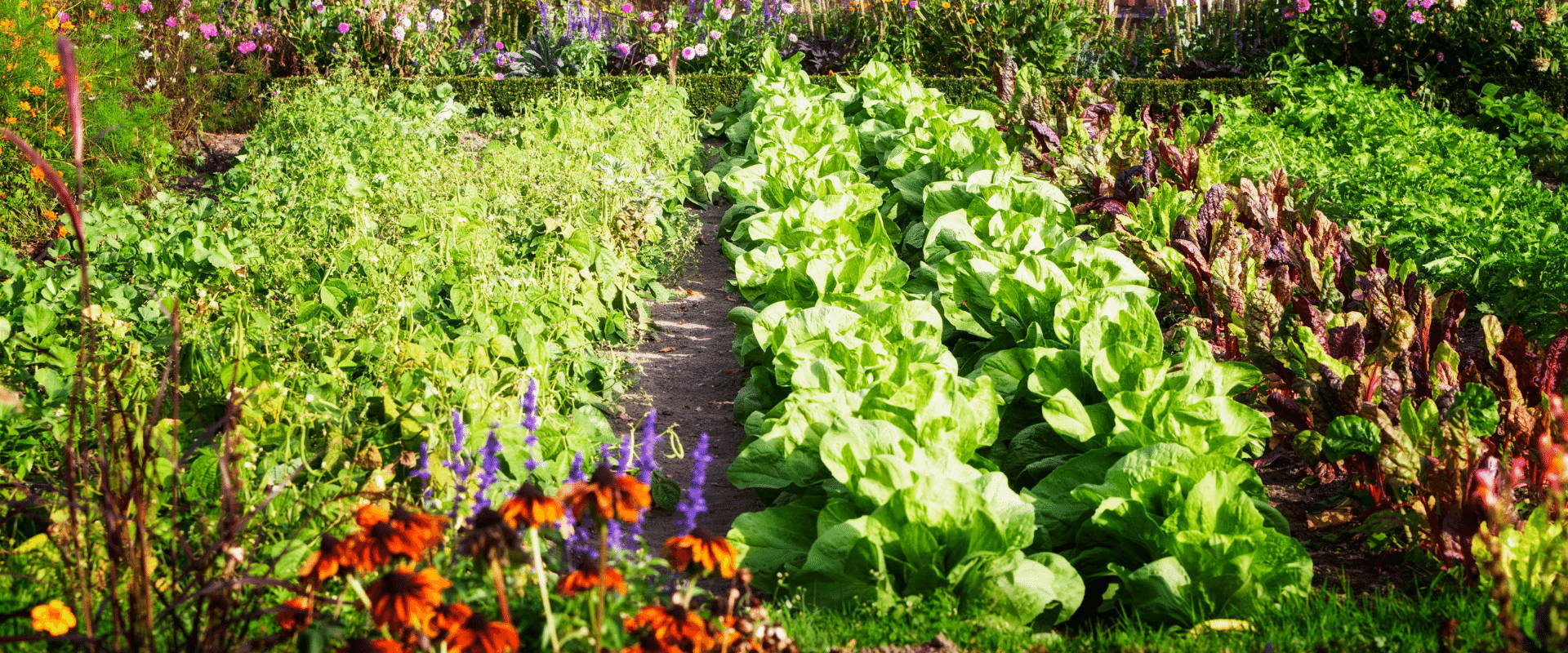
In an uncertain world, the term survival gardening is something that you probably hear all the time. But what is survival gardening? If you’d like to learn more and get started with a survival garden, you’re in the right place!
What Is a Survival Gardening?
Survival gardening is a way of growing crops and edible plants with the aim to feed yourself or your family year-round. Survival gardening is not gardening for fun, it’s a necessity. It requires a good set of skills, patience, hard work, and above all – good planning.
When you have a well-designed and thoroughly planned survival garden, you’ll be completely self-sufficient in a survival situation.
How Big Must a Survival Garden Be?
Unfortunately, there’s no simple answer. How big your survival garden will be, depends on the size of your family, your food preferences, usual calories intake, the garden space you have, and the time and effort you’re able to give in. The larger the garden – the more hours of work it takes.
What you can do in order to decide on the size of your survival garden is to do some calculations. But first – what crops do you actually need in your garden?
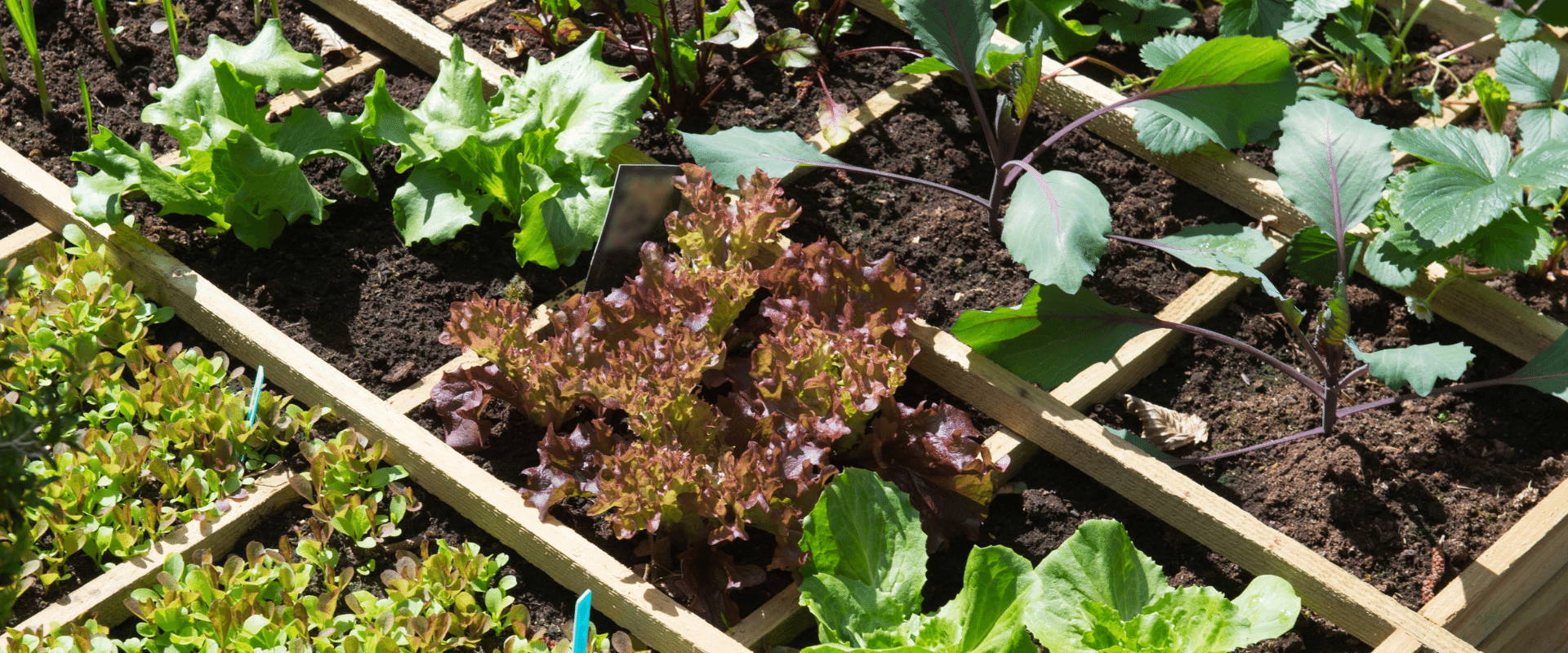
What Crops Should I Grow in My Survival Garden?
1. Nutrient-Dense Crops
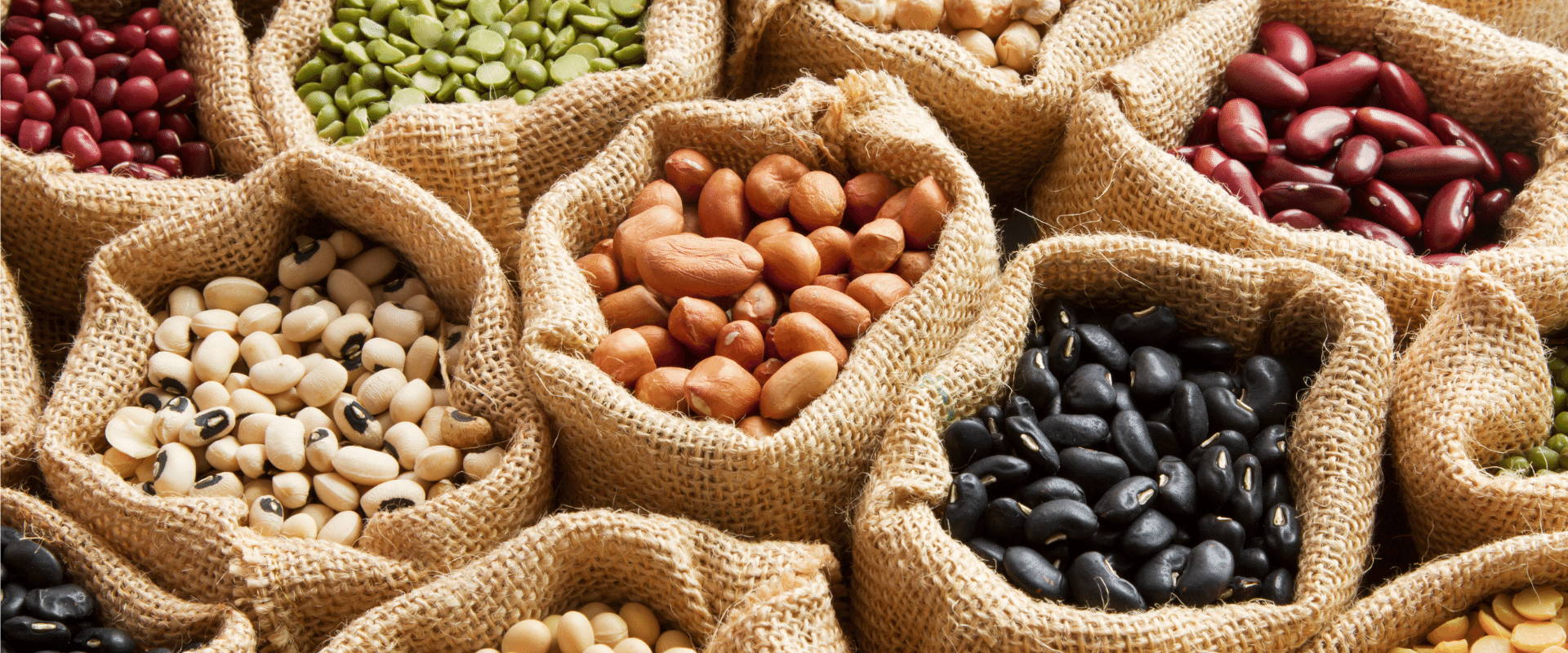
2. Crops You and Your Family Like to Eat
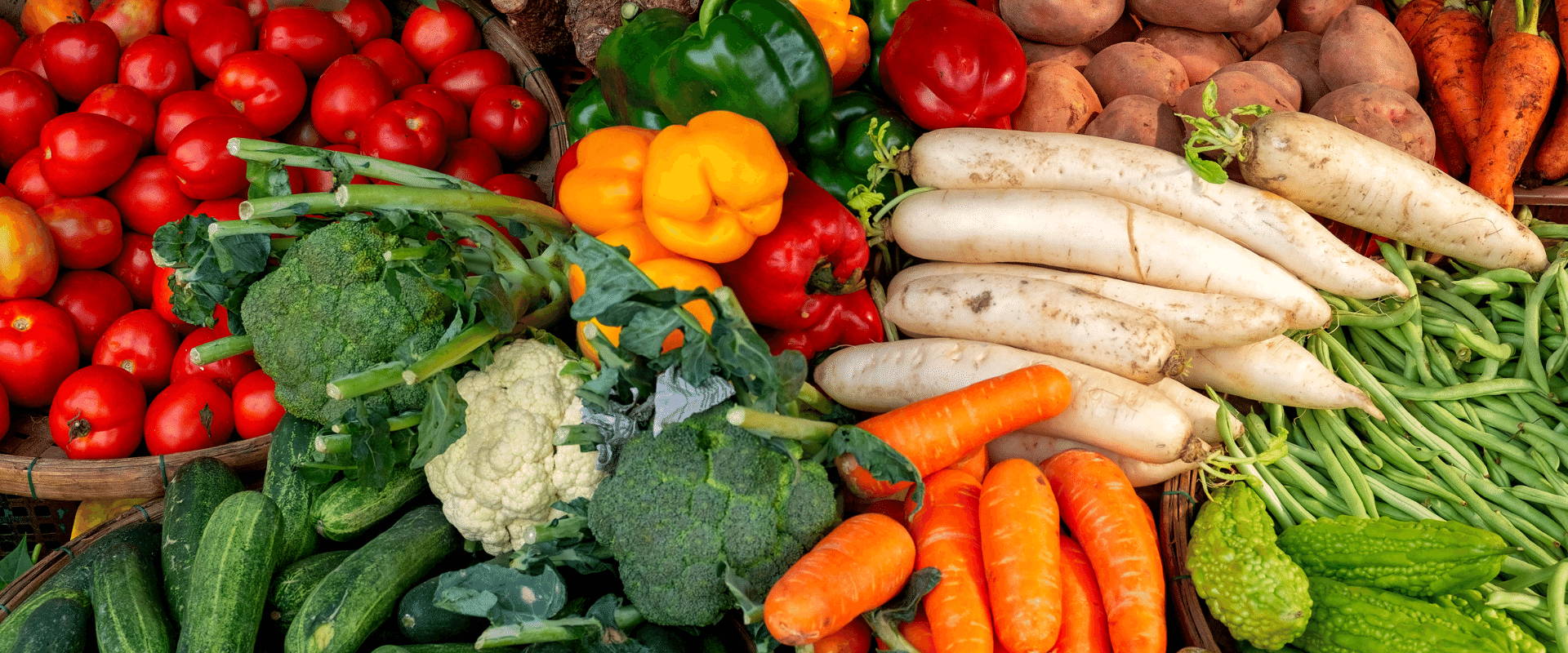
3. Crops That Store Well
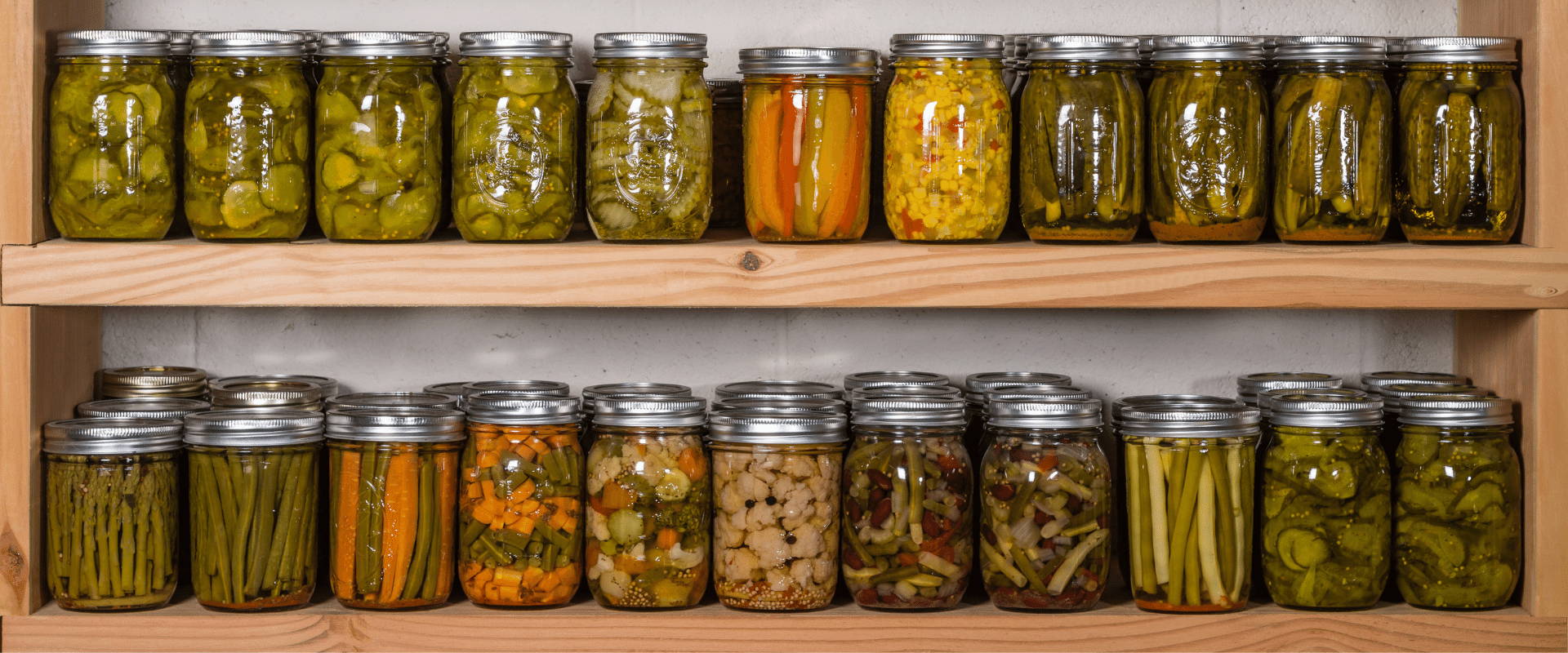
How to Extend Your Growing Season
Garden Layout – Maximizing Garden Space
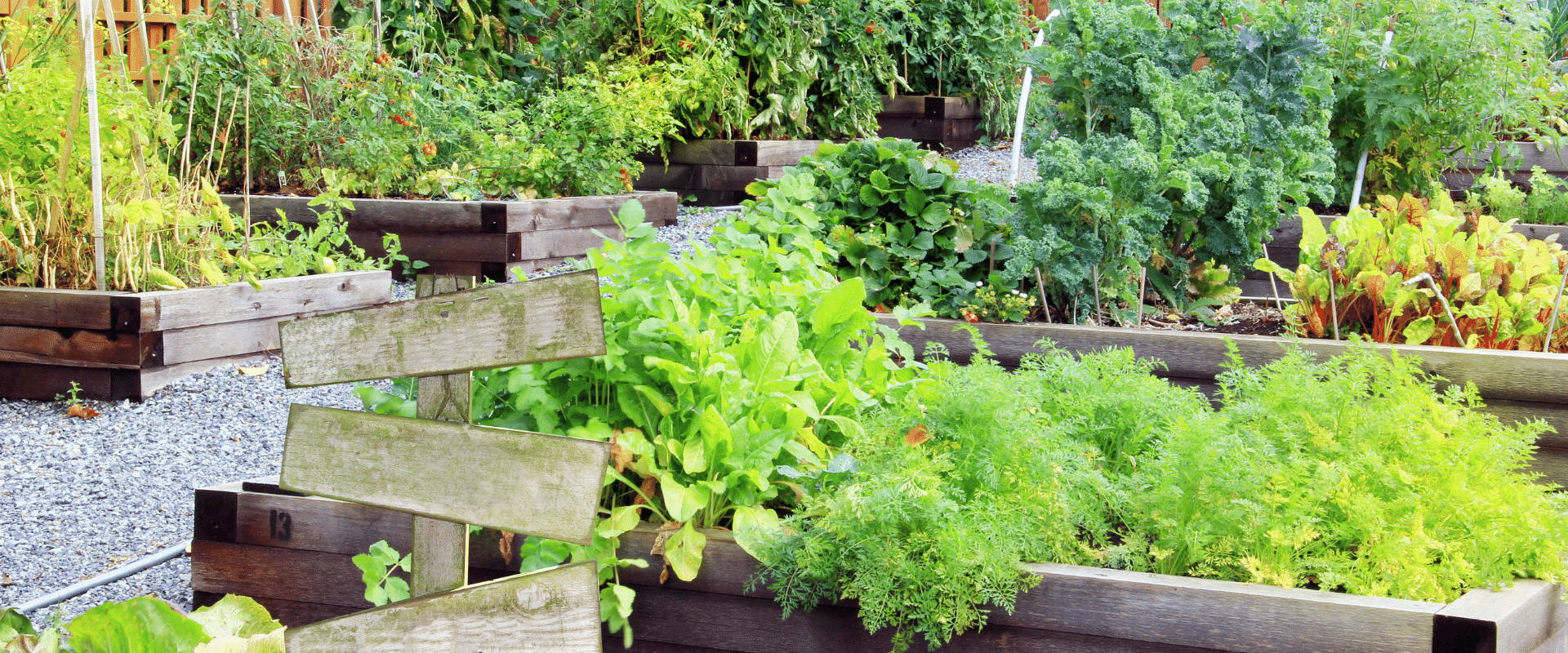
Greenhouse Gardening
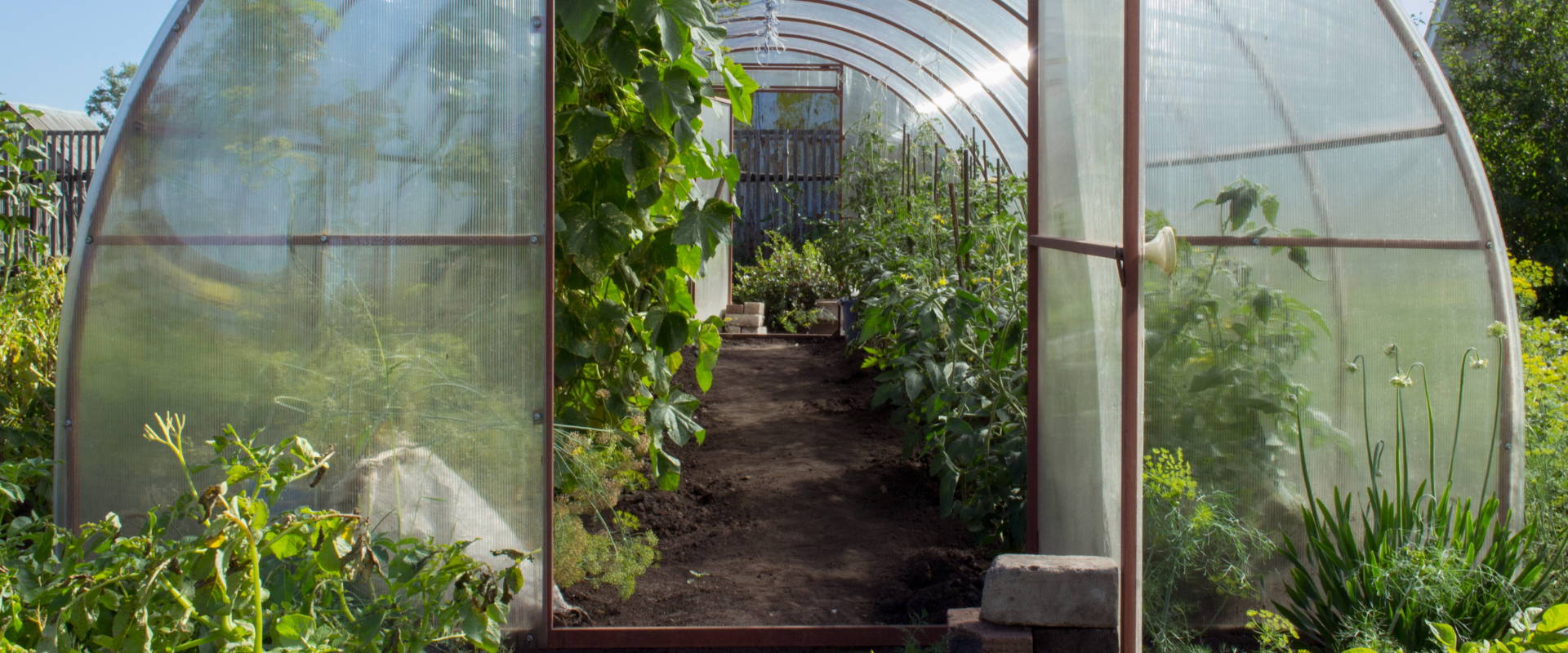
Other Things to Consider
Be Patient and Learn